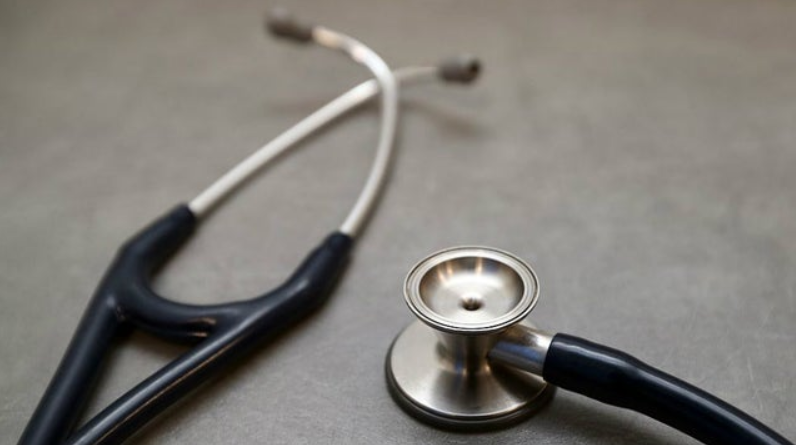BY GARY NABEL AND ELIZABETH NABEL, OPINION CONTRIBUTORS

30 April 2020
As the coronavirus ravages the nation, we have taken blows to our health as well as financial security. A rapid return to our daily routines will enable citizens to resume work safely, heal our psyches, and restore equilibrium. A timely return to normal life would be ideal, but if it comes at the cost of social distancing that reduces transmission, it could undo our efforts to flatten the curve. With additional information, however, there is indeed a potentially safe way to navigate much more quickly to a resolution of the crisis. The key lies in a tool that has so far not been used in this pandemic.
If a person carries the coronavirus, infection is detected by measuring the circulating coronavirus. A swab of the nasal passage or throat enables us to find the coronavirus by searching for its genetic sequence using a lab test known as the polymerase chain reaction. It has been used worldwide in diagnostic kits that are increasingly available across the United States. It is critical to preventing spread and initiating treatment of this disease.
At the same time, many people have been infected by the coronavirus and have recovered. Further isolation, social distancing, and work restrictions for these individuals is unnecessary. These are the ones who can serve as first responders, provide care for the sick, and return to work to open the economy. More people have possibly been infected and never diagnosed than not. They remain unknown and are still staying home, however, of no help to themselves or others. How could they be identified and liberated?
The antibody test provides the critical solution. This measurement tells us whether someone has been exposed to the coronavirus and developed a protective antibody response. An antibody test that is positive indicates that someone was exposed to the coronavirus and generated immunity. These people need not be quarantined, remain isolated, or stay at home from work. They must become the vanguards of our return to normalcy.
As we advance through the initial phase of the pandemic to the second wave, we must be proactive and smart about identifying the people who can accelerate our return to a normalcy. The Centers for Disease Control and Prevention and academic laboratories have indeed recently reported progress in developing the antibody test. Its capability should be urgently transferred to diagnostics companies that can scale production and make it widely available to identify those people who can safely return to work.
To make this happen, we simply need to supply these companies with the recombinant protein, readily available from our scientific laboratories and vaccine developers, and spearhead the efforts with a coordinating team that connects these companies, academic scientists, the Food and Drug Administration, the National Institutes of Health, and Centers for Disease Control and Prevention. Most components of the antibody test have been made for other diseases, which would allow the process to be expedited.
There is an untapped reserve of people who suspect they were infected but it was never documented. This simple blood test can be mobilized to identify those who are immune and therefore able to resume activity and to circulate freely in society. The antibody test provides a rational way to accelerate a return to work and a normal life safely, and just as important, to restore their livelihoods and open the economy. The test is a smart way to accelerate our return to physical and financial health and climb out of the abyss of this pandemic. The White House Coronavirus Task Force has to implement broad antibody testing now as one of its highest priorities.
Gary Nabel is the founding director of the Vaccine Research Center at the National Institutes of Health. He was previously an investigator at Howard Hughes Medical Institute, a professor at University of Michigan, and chief scientific officer at Sanofi. Elizabeth Nabel serves as president of Brigham Health and is a professor with Harvard Medical School. She was previously the director of the National Heart Lung and Blood Institute of the National Institutes of Health and a professor at University of Michigan. All the views expressed above are those of these authors and not of these organizations.
To view the opinion piece on THE HILL newspaper click here.